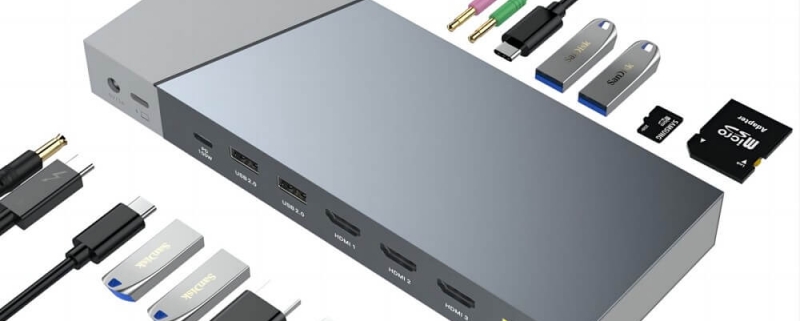How do I connect to a DisplayLink?
Simplifying Connectivity: A Guide to Connecting to DisplayLink
In the era of dynamic digital displays and flexible workspaces, the demand for seamless connectivity solutions is at an all-time high. Among the array of options available, DisplayLink stands out for its simplicity and versatility. But how exactly do you connect to DisplayLink technology? Let’s explore.
Understanding DisplayLink
Before diving into the connection process, it’s essential to grasp what DisplayLink is. DisplayLink is a technology that enables users to connect multiple monitors to a single device, such as a laptop or desktop computer, via USB. This technology eliminates the need for traditional video ports like HDMI or DisplayPort, offering greater flexibility and scalability.
Step-by-Step Guide to Connecting to DisplayLink
- Check Compatibility: Ensure that your device supports DisplayLink technology. Most modern laptops and desktop computers are compatible, but it’s always wise to double-check.
- Install DisplayLink Drivers: Before connecting your DisplayLink-enabled device, you’ll need to install the appropriate drivers. These drivers are typically available for download from the DisplayLink website and are compatible with major operating systems like Windows, macOS, and Linux.
- Connect DisplayLink Dock or Adapter: Once the drivers are installed, connect your DisplayLink dock or adapter to an available USB port on your computer. DisplayLink docks come in various configurations, allowing you to connect multiple monitors, USB peripherals, and even Ethernet cables through a single USB connection.
- Connect Monitors: With the DisplayLink dock or adapter connected, it’s time to connect your monitors. Depending on the type of dock or adapter you’re using, you may connect monitors via HDMI, DisplayPort, DVI, or VGA cables. Simply plug the monitor cables into the corresponding ports on the dock or adapter.
- Power Up and Configure: Power on your monitors and computer. In most cases, your computer will detect the newly connected displays automatically. However, you may need to configure display settings, such as screen resolution and orientation, through your computer’s operating system settings.
- Enjoy Expanded Workspace: Once configured, you’re ready to enjoy the benefits of a multi-monitor setup powered by DisplayLink technology. Whether you’re multitasking on spreadsheets, editing videos, or simply enjoying a more immersive computing experience, the possibilities are endless.
Conclusion:
DisplayLink technology offers a convenient and efficient solution for expanding your digital workspace. By following these simple steps, you can seamlessly connect multiple monitors to your computer and unlock new levels of productivity and creativity. Whether you’re working from home, in the office, or on the go, DisplayLink empowers you to customize your workspace to suit your needs.




Leave a Reply
Want to join the discussion?Feel free to contribute!